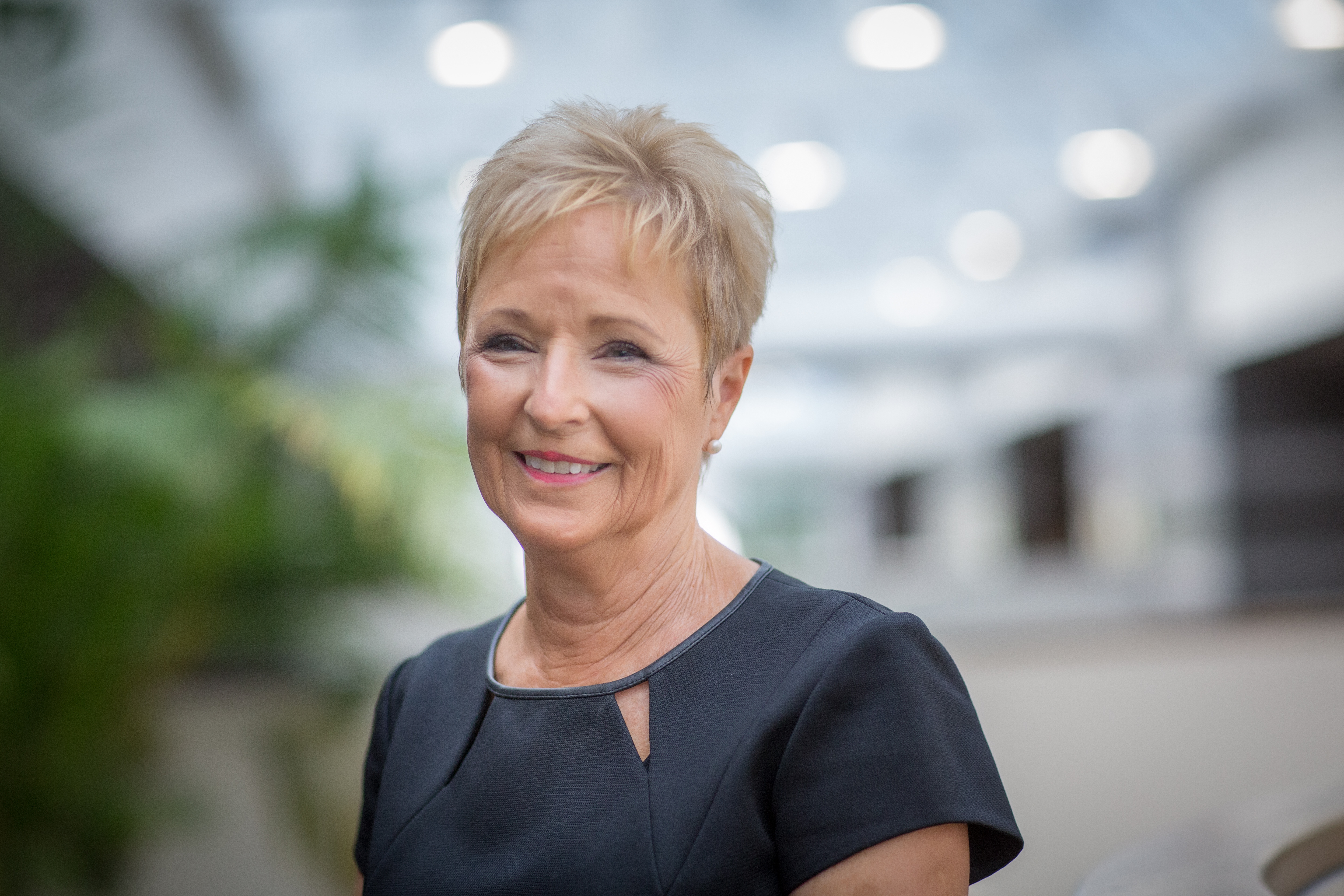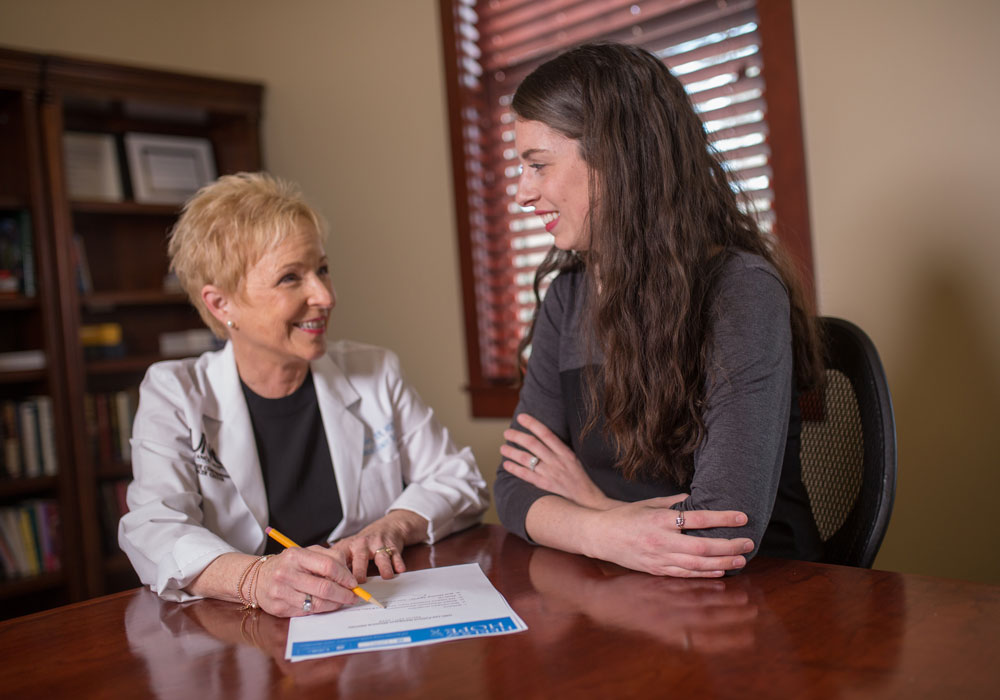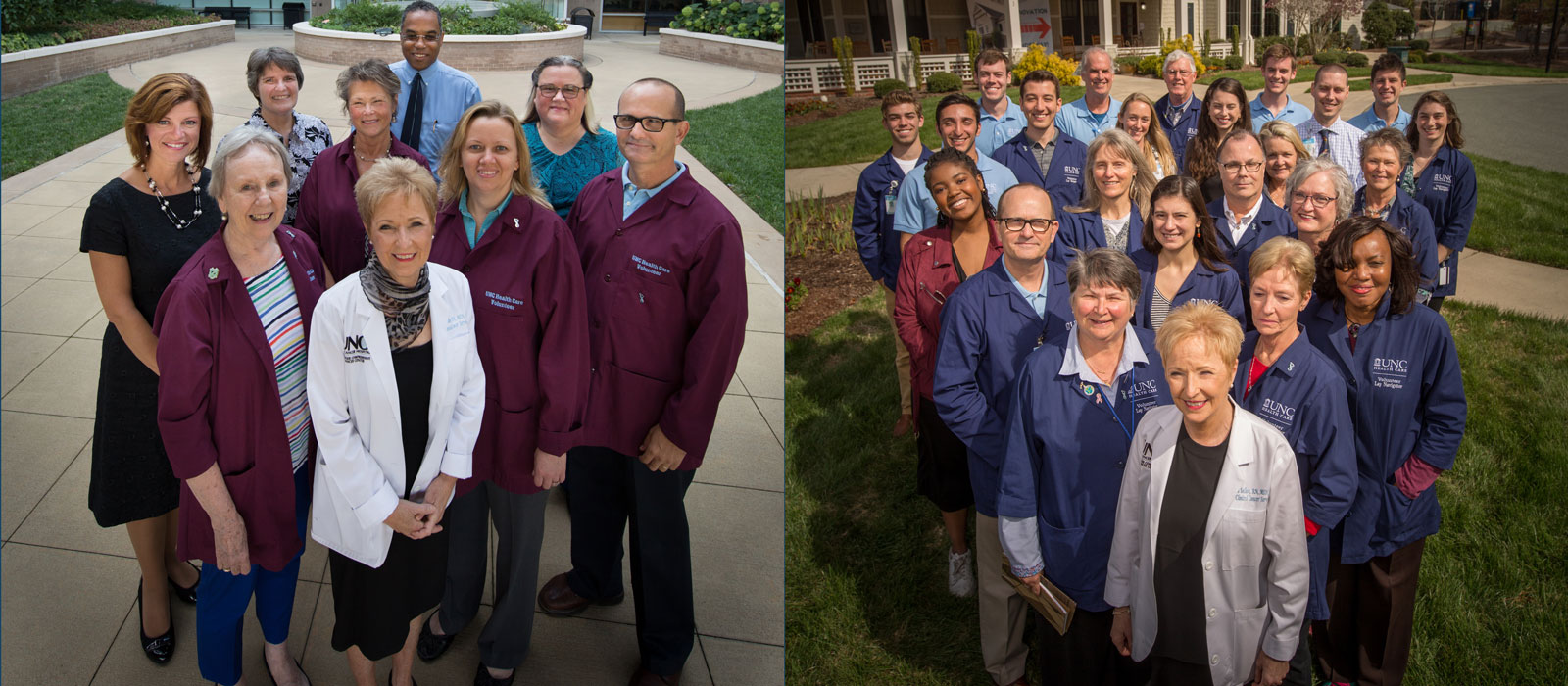Even for medical professionals working in health care every day, the U.S. healthcare system can be incredibly complex. Understanding where to obtain information and how to connect patients to resources can be difficult. For patients, navigating their treatment journey can be—at times—downright impossible. Coordinating care for patients with cancer is a crucial component to successful outcomes and quality cancer care.

ONS member Jean Sellers, RN, MSN, clinical administrative director of the University of North Carolina (UNC) Lineberger Comprehensive Cancer Center’s UNC Cancer Network, recognized the challenges facing providers and looked to fill the void by training healthcare volunteers as lay patient navigators.
“In 2009, UNC Cancer Network developed a standardized training curriculum and model of lay patient navigation that paired trained volunteers with oncology nurse navigators or social workers to address critical components of nonclinical support in eastern North Carolina,” Sellers says. “Both clinical and nonclinical care are critically essential to the patient’s overall well-being. Accomplishing this requires a team approach, which benefits when the professional healthcare providers and lay navigators work together. Lay navigators have demonstrated they can help to eliminate financial concerns, improve communication, and overcome medical system barriers that patients face in their community and throughout their treatment."
Identifying the Need for Lay Patient Navigators
Throughout her oncology career, Sellers has worked at many institutions of various sizes and noticed a recurring trend: connecting patients to resources is often a challenge. Between finding the time and following up with reliable resources for patients, nurses may have difficulty in a busy clinical environment.
“I have spent much of my 25-year oncology nursing career working with community and rural cancer centers throughout North Carolina. I know that the uninsured and aging populations are vulnerable, and they represent a large population that face uncertainty about where to turn for information and help,” Sellers says. “Healthcare providers, as a result, are spending an increasing amount of time addressing acute care problems, which leaves less time for nonclinical care, such as emotional and social support or understanding of available resources.”
Lay patient navigators are filling the nonclinical support role in Sellers’ team’s program. In fact, most lay navigators recruited are former healthcare workers themselves and have a familiarity with the healthcare system, Sellers notes. After receiving navigation training and under the guidance of oncology nurses or social workers, lay navigators work with patients to address their individual needs.
Improving Patient Care and Satisfaction Through Navigation
An early model of lay navigation was assessed in between 2008–2012 in Nags Head, NC. Today, at the North Carolina Cancer Hospital, UNC Lineberger’s clinical arm, lay navigators are integrated in all of outpatient oncology clinics as well as the inpatient units. So far, feedback has been overwhelmingly positive for patients, staff, and administration. Pilot lay navigation projects are being implemented in the pharmacy program for additional support with medication assistance as well as the emergency department.
“We’ve found that embedding trained volunteers into the healthcare system as lay patient navigators represents a low-cost solution to providing additional nonclinical support to resource-intensive patients with cancer,” Sellers says. “This is a particularly effective strategy for reducing disparities in health care. Lay navigators enable clinical staff to provide more complex care, while they facilitate improved support and access to information.”
Moreover, the volunteer navigators are finding the experience rewarding as well, Sellers notes. Many of the volunteers have retired from healthcare practice but are still looking for ways to stay active in caring for patients with cancer. They report a strong sense of purpose and fulfillment by helping patients link to cancer resources as well as providing additional emotional support. According to Sellers, other volunteers include cancer survivors, caregivers, and premed and prenursing students. She mentions that lay navigators reported patient satisfaction increases with their role, and the navigators themselves found working with the cancer population brought them purpose and meaning.
“The initial feedback from the program has been overwhelming,” Sellers notes. “We recently received a $600,000 grant from the Duke Endowment to expand our model to 11 cancer centers and hospitals across North Carolina. Each site will have the ability to customize the program to meet the health disparities and barriers identified by their community cancer needs assessment.”

Championing Patient Navigation for Better Cancer Care
Sellers, named a 2018 Healthcare Hero by the Triangle Business Journal for her work with the lay navigator program, is no stranger to the positive impact of patient navigation. She notes that early support for the program came from previous ONS work in the field of oncology nurse navigation.
“In 2010, I was invited to be on the task force that ONS convened to develop a joint position statement on the role of oncology nursing and social work in patient navigation,” Sellers says. “One of the items in this statement spoke to me personally and professionally: ‘Navigation services can be delegated to trained nonprofessionals and/or volunteers and should be supervised by nurses or social workers.’ This is who our lay navigators are.”
When initially pitching the program, Sellers shared ONS’s 2010 position statement with her administrators and colleagues, along with the administrators and leaders in the public health department and cancer clinic in eastern North Carolina.
“Many individuals were skeptical about the ability of a lay navigation model to work for their cancer program,” Sellers remembers. “The ONS position statement ultimately provided the foundation for the development of this program. Healthcare providers were more open to the concept of clinical staff and nonclinical volunteers working together as a team when they read the ONS position statement.”
The Future of Lay Patient Navigators
As for the future of the lay patient navigation program at UNC, Sellers says they’ll continue to expand their efforts to improve patient care, and she hopes that others will look to them as a model for future integration into practice.
“This is a patient-driven model that can truly make a difference in helping overcome fears that patients face,” Sellers says. “I’d love to see the model spread. I think it’s something that could easily be adopted into programs across the country. Allowing our nurses and social workers to work at the top of their licenses is critical, and lay patient navigators can be a cost-effective way for institutions to increase their cancer workforce and improve support for their patients. It’s really a win-win.”






